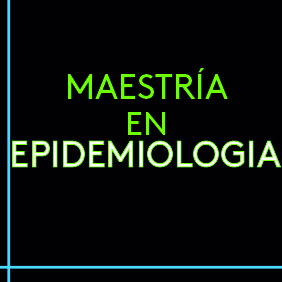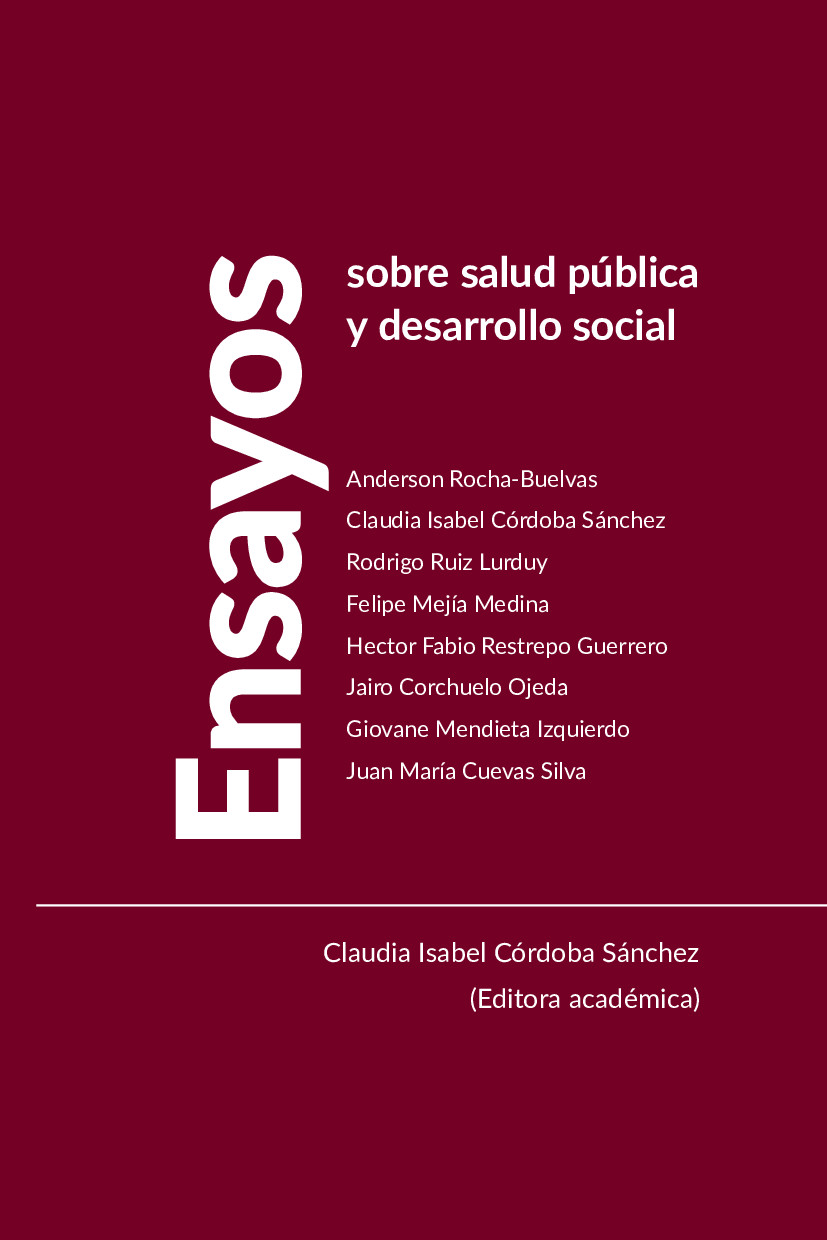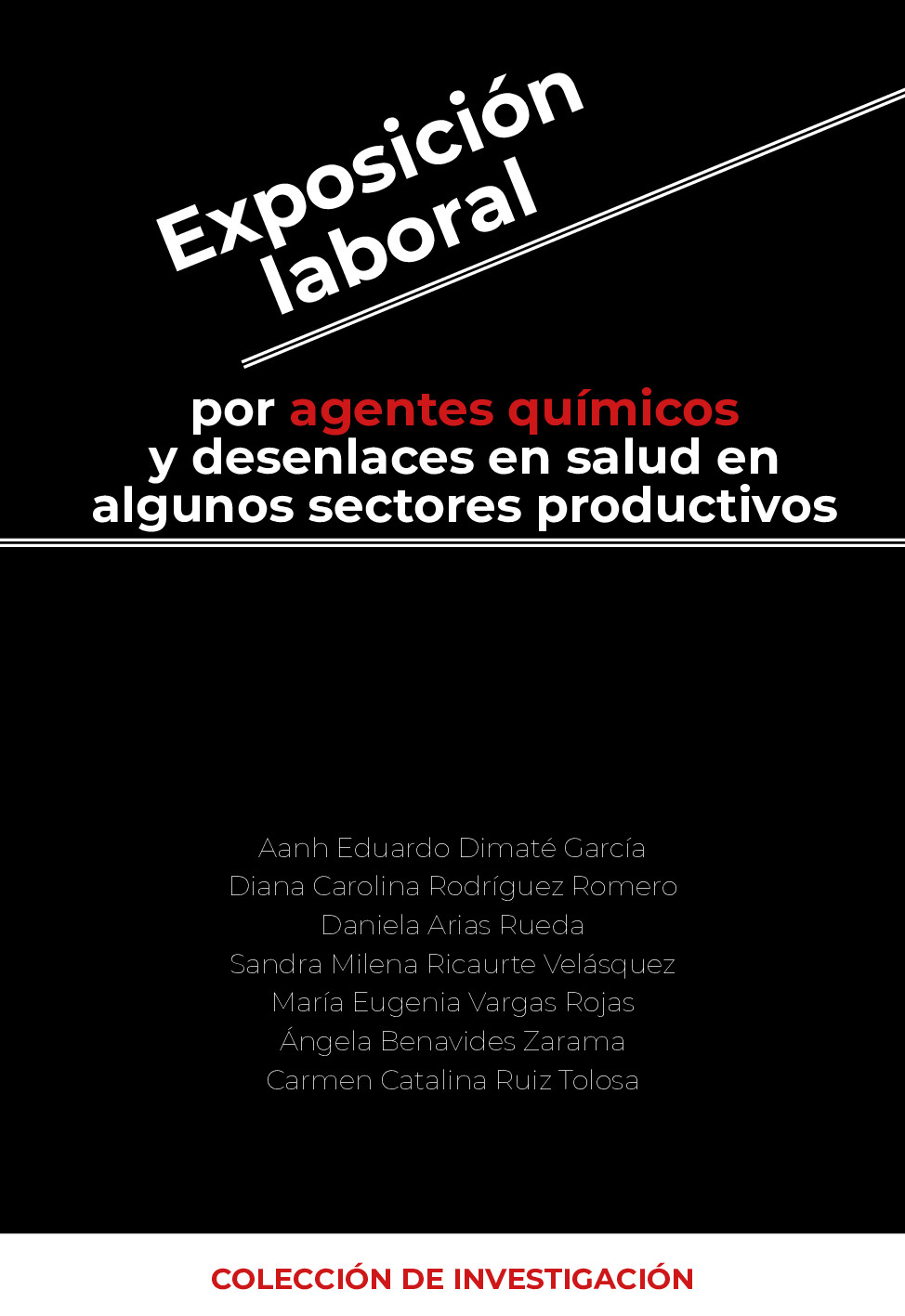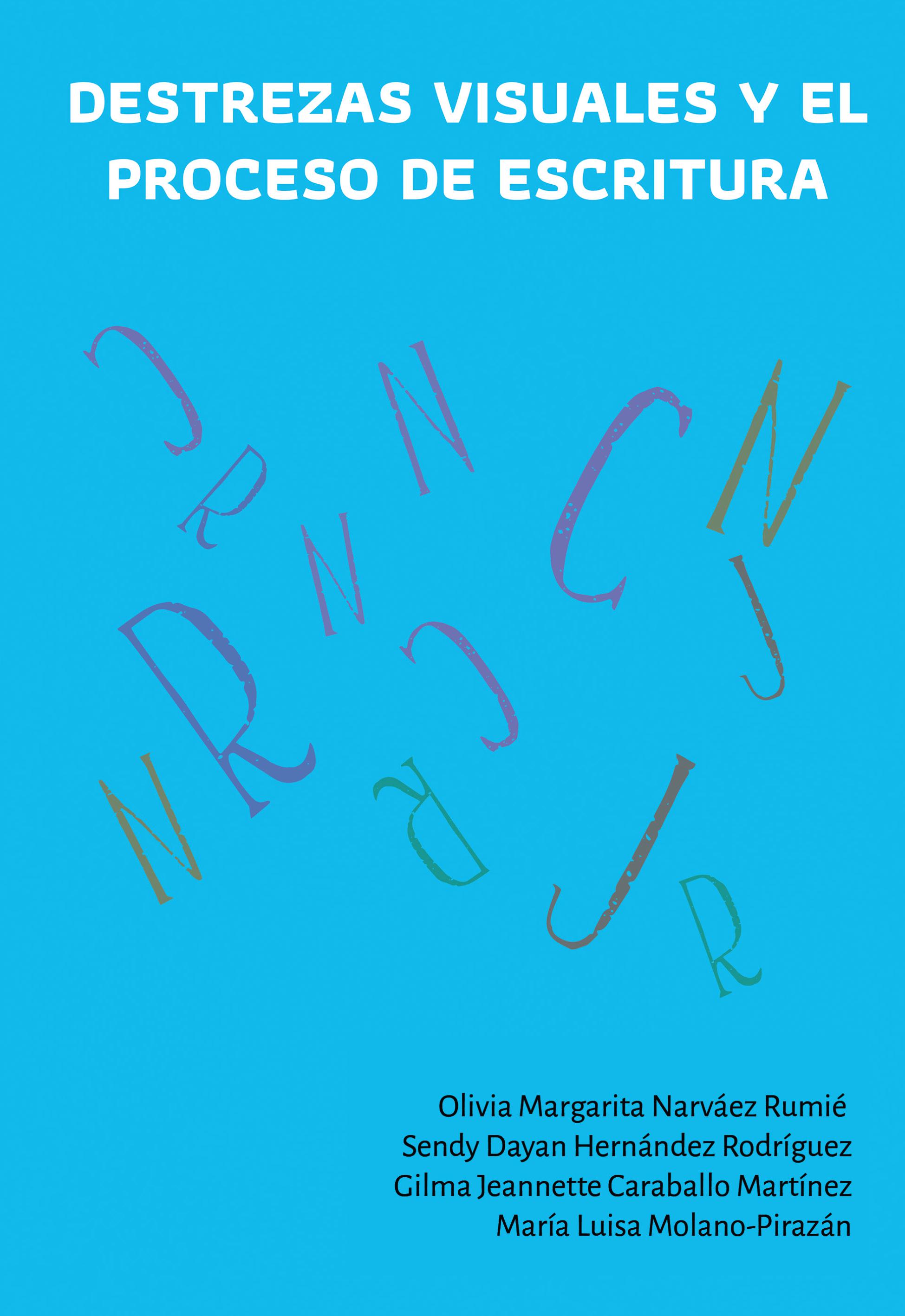Abstract
La genisteína es una isoflavona presente en la soya, de alto consumo en la población infantil por su uso como sucedáneo de la leche materna, sin embargo, poco se sabe acerca de los efectos a nivel endocrino. En este trabajo, Caenorhabditis elegans se utilizó como modelo para evaluar el efecto de disrupción endocrina de la genisteína a través de letalidad, crecimiento, reproducción, almacenamiento de lípidos y cambios en la expresión de genes de respuesta al estrés (hsp-3, sod-4 y gpx-4). Los resultados indicaron que, aunque la genisteína no indujo letalidad, sí promovió la reproducción, el aumento de la longitud del cuerpo, el incremento en la expresión de genes relacionados con estrés celular y estrés oxidativo y la acumulación lipídica. En conclusión, la genisteína generó efectos relacionados con el efecto de disrupción endocrina en C. elegans, muy probablemente a través de mecanismos de estrés oxidativo.
Licence
Authors should declare no conflicts of interest either for reasons of financing the project which is the result of the article; as well as intellectuals, academics, moral and investigative reasons.
The Journal of Andean Research is home to the ethical rules for publications issued by the COPE: http://publicationethics.org/resources/code-conduct
References
2. Kabir E, Rahman M, Rahman I. A review on endocrine disruptors and their possible impacts on human health. Environ Toxicol Pharmacol. 2015;40(1):241-58. Available from:
https://www.sciencedirect.com/science/article/pii/S1382668915300120?via%3Dihub
3. Estrada A, Gallo M, Núñez E. Contaminación ambiental, su influencia en el ser humano, en especial el sistema reproductor femenino. Revista Universidad y Sociedad. 2016;8(3):80-86. Disponible en:
http://scielo.sld.cu/scielo.php?script=sci_abstract&pid=S2218-36202016000300010
4. Bateman M, Strong A, McLachlan J, Burow M, Bunnell B. The effects of endocrine disruptors on adipogenesis and osteogenesis in mesenchymal stem cells. A review. Front Endocrinol (Lausanne). 2017; 7:171. Available from:
https://www.frontiersin.org/articles/10.3389/fendo.2016.00171/full
5. Chichizola C. Disruptores endocrinos: Efectos en la reproducción. Revista Argentina de Endocrinología y Metabolismo. 2004;41(2):78-105. Disponible en:
http://www.raem.org.ar/numeros/2004-vol41/numero-02/3chichizola.pdf
6. Dixon R, Ferreira D. Genistein. Phytochemistry. 2002;60(3):205-11.
Available from: http://www.ncbi.nlm.nih.gov/pubmed/12031439
7. Patisaul H. Endocrine disruption by dietary phyto-oestrogens: impact on dimorphic sexual systems and behaviours. Proc Nutr Soc. 2017;76(2):130-44.
Available from: https://www.cambridge.org/core/product/identifier/S0029665116000677/type/journal_article
8. Garcia Espiñeira M, Tejeda Benítez L, Olivero Verbel J. Endocrine disruption effects of bisphenol A, propyl paraben and triclosan on Caenorhabditis elegans. Chemosphere. 2017;1-40.
9. Tejeda Benitez L, Olivero Verbel J. Caenorhabditis elegans, a biological model for research in toxicology. In: Reviews of Environmental Contamination and Toxicology. 2016;1-35.
10. Williams PL, Dusenbery DB. Aquatic toxicity testing using the nematode, Caenorhabditis elegans. Environ Toxicol Chem. 1990;9(10):1285-90.
Available from: http://doi.wiley.com/10.1002/etc.5620091007
11. Tejeda Benitez L, Flegal R, Odigie K, Olivero Verbel J. Pollution by metals and toxicity assessment using Caenorhabditis elegans in sediments from the Magdalena River, Colombia. Environ Pollution. 2016;212:238-50. Available from: http://linkinghub.elsevier.com/retrieve/pii/S0269749116300574
12. Tejeda Benítez L, Noguera-Oviedo K, Aga DS, Olivero-Verbel J. Toxicity profile of organic extracts from Magdalena River sediments. Environmental Science and Pollution Research. 2018;1-14. Available from: http://www.ncbi.nlm.nih.gov/pubmed/29098576
13. García Espiñeira M, Tejeda Benítez L, Olivero Verbel J. Toxicity of atrazine- and glyphosate-based formulations on Caenorhabditis elegans. Ecotoxicol Environ Saf. 2018;156:216-222.
https://www.sciencedirect.com/science/article/pii/S014765131830174X?via%3Dihub
14. Anbalagan C, Lafayette I, Antoniou-Kourounioti M, Gutierrez C, Martin JR, Chowdhuri DK, et al. Use of transgenic GFP reporter strains of the nematode Caenorhabditis elegans to investigate the patterns of stress responses induced by pesticides and by organic extracts from agricultural soils. Ecotoxicology. 2013; 22(1):72-85. Available from: http://www.ncbi.nlm.nih.gov/pubmed/23081760
15. Lord R, Fairbourn N, Mylavarapu C, Dbeis A, Bowman T, Chandrashekar A, et al. Consuming Genistein Improves Survival Rates in the Absence of Laxative in ΔF508-CF Female Mice. Nutrients. 2018;10(10):1418. Available from: http://www.ncbi.nlm.nih.gov/pubmed/30282922
16. Son TG, Gong EJ, Bae MJ, Kim SD, Heo K, Moon C, et al. Protective effect of genistein on radiation-induced intestinal injury in tumor bearing mice. BMC Complement Altern Med. 2013;13(1):103. Available from: http://www.ncbi.nlm.nih.gov/pubmed/23672582
17. Lee EB, Ahn D, Kim BJ, Lee SY, Seo HW, Cha YS, et al. Genistein from vigna angularis extends lifespan in Caenorhabditis elegans. Biomol Ther. 2015;23(1):77-83. Available from: http://www.ncbi.nlm.nih.gov/pubmed/25593647
18. Kim DJ, Seok SH, Baek MW, Lee HY, Na YR, Park SH, et al. Developmental toxicity and brain aromatase induction by high genistein concentrations in zebrafish embryos. Toxicol Mech Methods. 2009;19(3):251-6. Available from: http://www.ncbi.nlm.nih.gov/pubmed/19750021
19. Md Zin SR, Omar SZ, Ali Khan NL, Musameh NI, Das S, Kassim NM. Effects of the phytoestrogen genistein on the development of the reproductive system of Sprague Dawley rats. Clinics. 2013;68(2):253-62. Available from: http://www.ncbi.nlm.nih.gov/pubmed/23525324
20. Solecki R, Kortenkamp A, Bergman Å, Chahoud I, Degen GH, Dietrich D, et al. Scientific principles for the identification of endocrine-disrupting chemicals: a consensus statement. Arch Toxicol. 2017;91(2):1001-6. Available from: http://www.ncbi.nlm.nih.gov/pubmed/27714423
21. Patel S, Peretz J, Pan YX, Helferich WG, Flaws JA. Genistein exposure inhibits growth and alters steroidogenesis in adult mouse antral follicles. Toxicol Appl Pharmacol. 2016 Feb 15;293:53-62. Available from: http://www.ncbi.nlm.nih.gov/pubmed/26792615
22. Rozman KK, Bhatia J, Calafat AM, Chambers C, Culty M, Etzel RA, et al. NTP-CERHR expert panel report on the reproductive and developmental toxicity of genistein. Birth Defects Res B Dev Reprod Toxicol. 2006;77(6):485-638.
Available from: http://www.ncbi.nlm.nih.gov/pubmed/17186522
23. Doyen P, Bigot A, Vasseur P, Rodius F. Molecular cloning and expression study of pi-class glutathione S-transferase (pi-GST) and selenium-dependent glutathione peroxidase (Se-GPx) transcripts in the freshwater bivalve Dreissena polymorpha. Comp Biochem Physiol - C Toxicol Pharmacol. 2008;147(1):69-77. Available from: https://www.sciencedirect.com/science/article/pii/S1532045607001913
24. Back P, Matthijssens F, Vlaeminck C, Braeckman BP, Vanfleteren JR. Effects of sod gene overexpression and deletion mutation on the expression profiles of reporter genes of major detoxification pathways in Caenorhabditis elegans. Exp Gerontol. 2010;45(7–8):603-10. Available from: https://www.sciencedirect.com/science/article/pii/S0531556510000483
25. Helmcke KJ, Aschner M. Hormetic effect of methylmercury on Caenorhabditis elegans. Toxicol Appl Pharmacol. 2010;248(2):156-64.
Available from: http://linkinghub.elsevier.com/retrieve/pii/S0041008X10002693
26. Singh P, Sharma S, Kumar Rath S. Genistein induces deleterious effects during its acute exposure in Swiss mice. Biomed Res Int. 2014;2014:1-14. Available from: http://www.ncbi.nlm.nih.gov/pubmed/24967385
27. Ronis MJ. Effects of soy containing diet and isoflavones on cytochrome P450 enzyme expression and activity. Drug Metabolism Reviews. 2016;48:331-41. Available from: https://www.tandfonline.com/doi/full/10.1080/03602532.2016.1206562
28. Medjakovic S, Mueller M, Jungbauer A. Potential health-modulating effects of isoflavones and metabolites via activation of PPAR and AhR. Nutrients. 2010; 2: 241-79. Available from: http://www.ncbi.nlm.nih.gov/pubmed/22254019
 PDF (Español (España))
PDF (Español (España))
 FLIP
FLIP

















